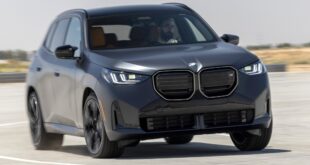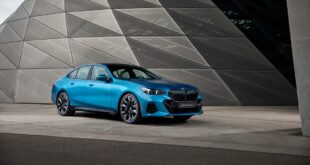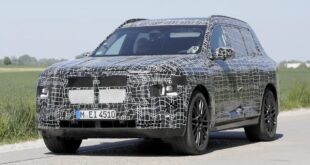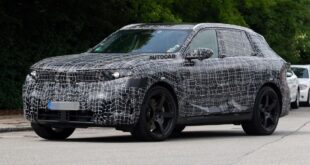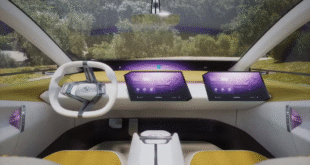Headlights have undergone a remarkable transformation since their inception in the late 1880s. Automotive lighting has evolved from acetylene and oil-powered lights to electric headlights, advancing with sealed beam headlights in the 1930s. Halogen headlights in the 1960s were then a significant milestone. The emergence of xenon headlights or HID lights in 1991 then followed. Today, the focus is on the extraordinary capabilities of LEDs.

BMW has now introduced its latest breakthrough in automotive lighting technology: the Light Channel Next. This development tool spans an area of 132 meters in length and 22 meters in width. This Light Channel Next spans nearly 3,000 square meters. The specially chosen matte black color of the facility absorbs light, effectively eliminating unwanted reflections from the surrounding surfaces.
The Light Channel Next extends beyond BMW’s luxury vehicles. This facility serves as a testing ground for new technologies across the BMW Group’s portfolio, including MINI. It has a particular focus on the distinctive Union Jack motif found in their taillights.
BMW deliberately chose high-end SUV and sedan models for the testing facility. This selection showcases the company’s unique split headlight design, seen in the X7 LCI as well. The separation of the daytime running lights is accentuated by optional Swarovski crystals on the 7 Series/i7 and X7 models.
 BMW.SG | BMW Singapore Owners Community The Ultimate BMW Community – Established Since 2001
BMW.SG | BMW Singapore Owners Community The Ultimate BMW Community – Established Since 2001
